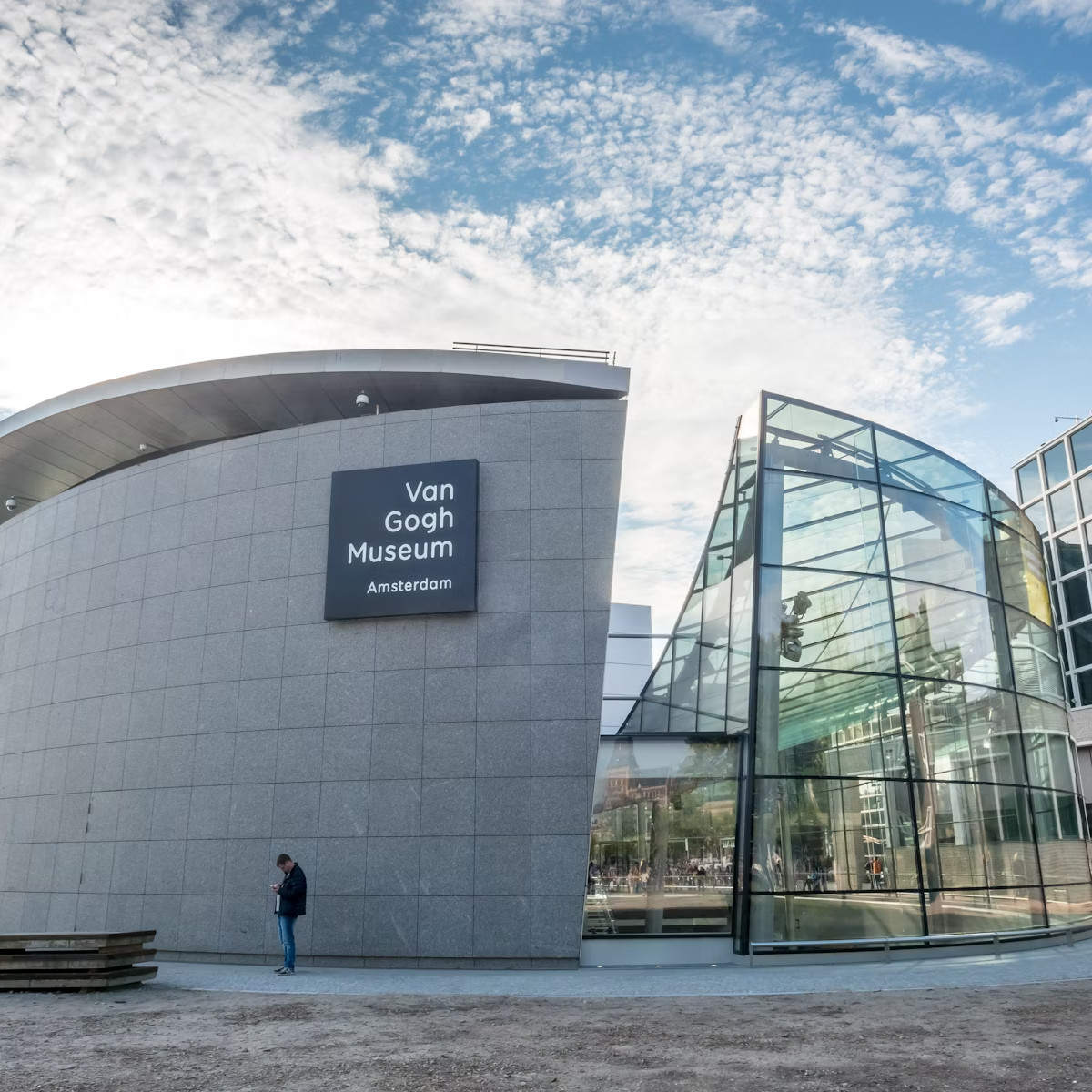Some 3800 hectares of classic Dutch coastal dunes are being restored in this oasis less than 5km west of Haarlem. Trails snake through hilltop copses of Corsican firs and valleys of low-lying thickets; at the western edge is a massive barrier of thousand-year-old golden sand. Its visitor centre, De Zandwaaier, has nature displays and hires bikes.
Take bus 81 from Haarlem train station (€2.17, 20 minutes, half-hourly) or cycle/drive the N200 towards Bloemendaal aan Zee.
There are car parks at the Koevlak and Parnassia entrances, from where paths lead into the reserve.
Spring sees the dunes sprout desert orchids, the bright rosettes of the century weed and the white-blooming grass of Parnassus. Red foxes, fallow deer and many species of birds are native to the area. Bats slumber in the park's abandoned bunkers before appearing at dusk.
Members of the Dutch Resistance are laid to rest at the Erebegraafplaats Bloemendaal cemetery.
The Vogelmeer lake has a bird observation hut above the south shore. The artificial lake 't Wed teems with bathers in summer. Lookout points, with evocative names such as Hazenberg (Hare Mountain), are scattered throughout. At 50m, the Kopje van Bloemendaal is the highest dune in the country, just outside the eastern border of the park, with views of the sea and Amsterdam.







